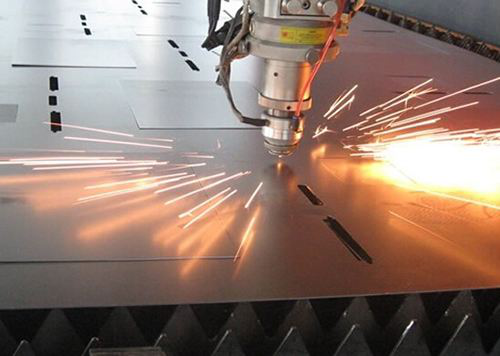
The reason why the fiber laser cutting machine has high cutting precision is reflected in the focus. Different focus modes are different for improving the cutting precision of the fiber laser cutting machine. To accurately adjust the focus of the fiber laser cutting machine, let us first understand the relationship between the three focus points.
1. Cutting the focus on the workpiece
In this way we also become a negative focal length because the cutting point is not located on the surface of the cutting material nor inside the cutting material, but rather above the cutting material. This method mainly uses materials with high cutting thickness. The reason why this way is to focus on the top of the cutting material is mainly because the thick plate needs a large cutting width, otherwise the oxygen delivered by the nozzle is very likely to cause insufficientness and the cutting temperature is lowered. One disadvantage of this approach, however, is that the cut surface is rough and not very useful for high precision cuts.
2. Cutting the focus inside the workpiece
This method also becomes a positive focal length. When the workpiece you need to cut is stainless steel or aluminum steel, the pattern of cutting points inside the workpiece is often used. However, one disadvantage of this method is that the cutting surface is larger than the cutting point on the surface of the workpiece due to the focus principle. At the same time, the cutting airflow required in this mode is large, the temperature is sufficient, and the cutting perforation time is slightly longer. Therefore, when the material of the workpiece you choose is mainly stainless steel or aluminum material, the hardness of the material is selected.
3. Cutting the focus on the surface of the workpiece
This method also becomes 0 focal length. It is commonly used in the cutting of SPC, SPH, SS41 and other workpieces. When used, the focus of the cutting machine is selected close to the surface of the workpiece. In this mode, the smoothness of the upper and lower surfaces of the workpiece is different. The near-focus cutting surface is relatively smooth, while the lower surface away from the cutting focus appears rough. This mode should be based on the process requirements of the upper and lower surfaces in the actual application.